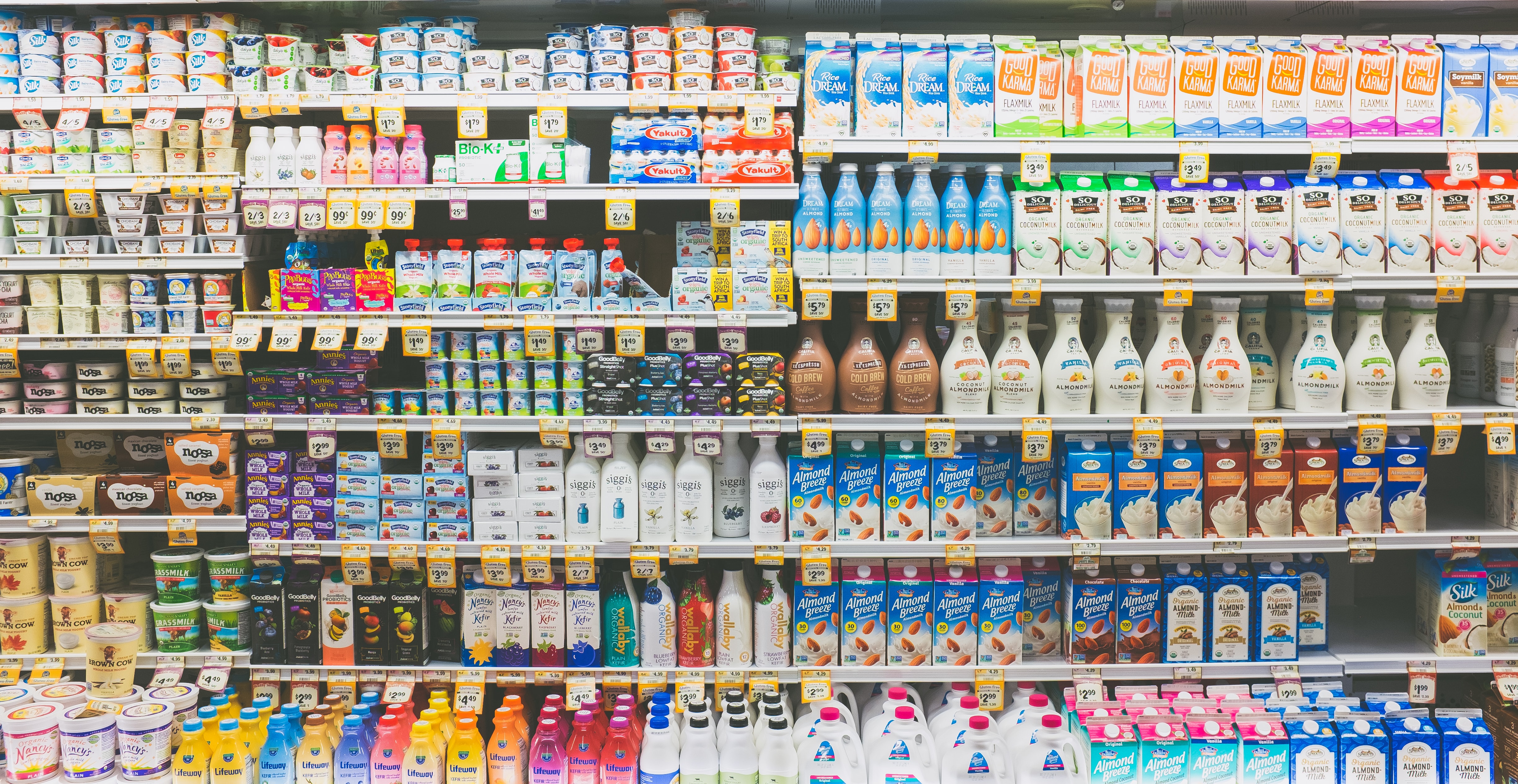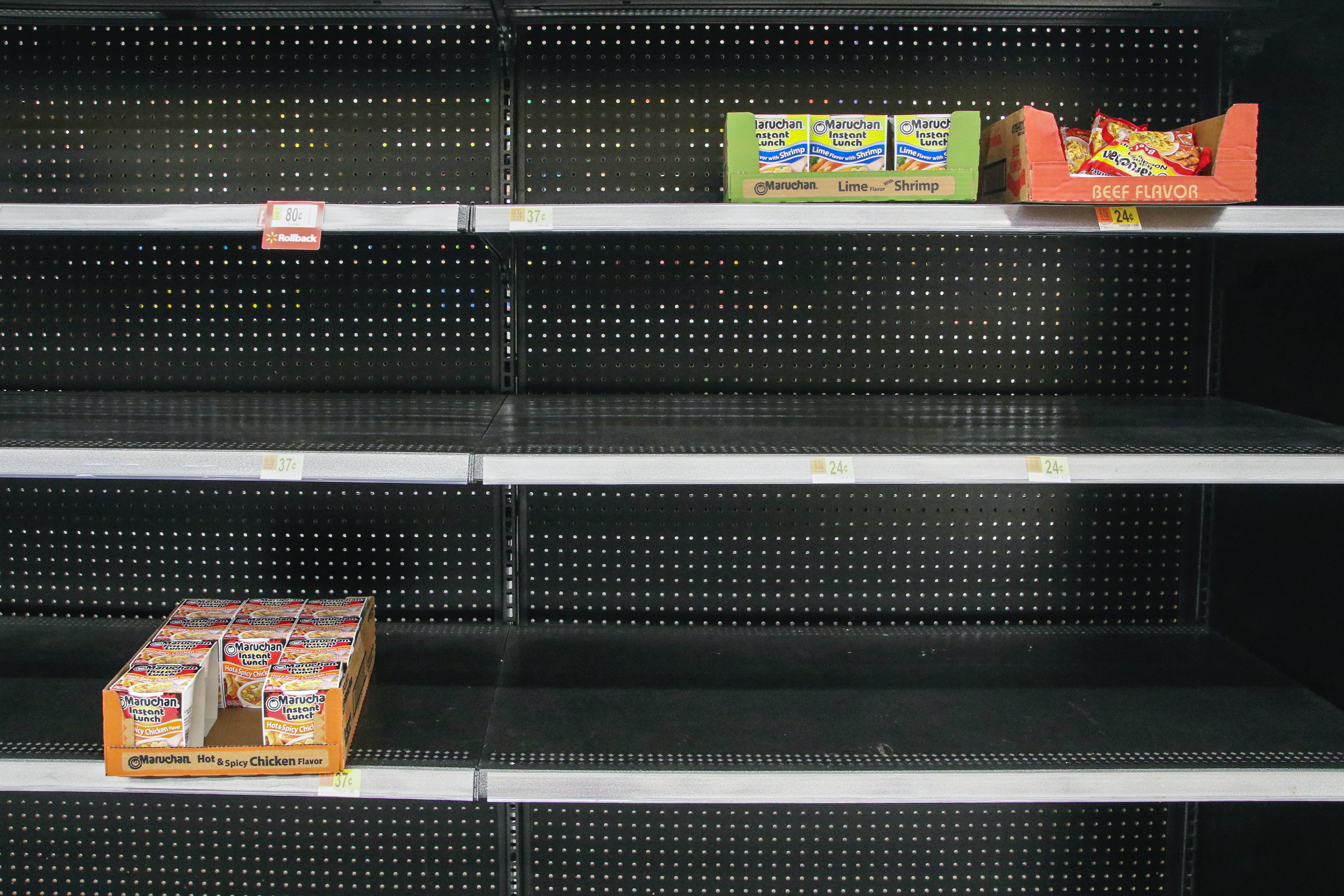Why Direct Store Delivery is a Winning Strategy + 3 DSD Examples
When a consumer packaged goods (CPG) brand has a finished batch of products, there are several transportation methods for getting them into stores. Each method varies slightly, but the primary aim is to get their products from point A to point B as efficiently as possible.
Direct store delivery (DSD) is a transportation method that’s highly favored by both CPG brands and retailers alike. As the name would suggest, it’s a process within the supply chain that takes products from the manufacturers directly to stores.
You may be wondering, why wouldn’t you take products directly to stores anyway?
It’s an age-old question, and distribution is not as easy as A to B. But it should be. Let’s take a closer look into how the direct store delivery model could be the secret to your CPG’s success.

Doesn’t everyone use direct store delivery?
Short answer, no. In other more traditional variations of the supply chain, the products are taken to a retailer’s own distribution center or warehouse. Products can sit for days, weeks, if not months in these warehouses, waiting to be taken to stores.
The warehouse system is a much less efficient branch of the supply chain, as it can eat into the shelf life of products, leave them vulnerable to damage or spoiling, take products longer to sell, and add unnecessary mileage.
The DSD method is particularly popular in 2022, as it helps to resolve many contemporary problems in the food and beverage e-commerce industry.
With inflation rates seeing a 41-year high in March of this year, food prices jumping by 9.4% (the biggest jump since 1981), and fuel and energy prices being higher than ever, food and beverage brands are scrambling to improve efficiency and cut costs. These problems are perpetuated by the ongoing labor shortage, which not only drives expenses up even further but also makes it difficult to get products stocked.
How DSD helps solve a CPG’s challenges in 2022
Many CPG brands - including startups, growing and established - are facing similar challenges in recent times. Let’s see how DSD can solve them.
Supply chain issues
Supply chain delays and disruptions are widespread within the food and beverage industry. Supermarket shelves are frequently being emptied, without the products to restock items. When a retailer has to wait for shipments to come in from warehouses across the country, it can be days before products reappear on shelves.
With products not making it into stores on time, CPGs risk out-of-stocks, turnover rates, increased waste, and plummeting sales.

How can DSD help solve this?
If distance is one of the factors that’s preventing products from landing in stores, then let’s take it out of the equation. CPGs and manufacturers can use DSD to stock their items in local stores.
Specialized distributors have access to in-depth market data, meaning they’ll know specifically which stores need your products at which times.
Shortage of labor
There’s a huge blue-collar labor shortage in the consumer packaged goods industry. According to a recent Consumer Brands Association analysis of US Bureau of Labor Statistics (BLS) employment data, there were over 130,000 jobs left unfilled in October of last year. This of course exacerbates the supply chain issues in an ongoing problematic cycle.
The goods transportation industry has been hit particularly hard by the labor shortage, as according to the Minnesota Trucking Association, there are 60,000 fewer drivers than needed.
How can DSD help solve this?
In the traditional centralized distribution model, several more job roles are required to ensure that all of the extra steps in storage and transport can be carried out. This includes drivers, supermarket staff needed to handle stock in the back of the supermarket, and others to merchandise products.
DSD removes these extra steps for a more streamlined supply chain. A specialized distribution team handles the entire flow, from the manufacturer right up to the shelf in the store.
Needing to be as agile and cost-effective as possible
Regardless of what challenges come your way each year, it’s important for your CPG to remain cost-effective. This year, it’s more important than ever. As we mentioned earlier, inflation has rocketed across the economy and the food and beverage industry is no exception. Increased costs have to be passed along to the consumer through increased price points and unsurprisingly, they’re reluctant to pay.
Part of the reason that shelves are emptying and staying that way is because the traditional warehouse method is inflexible. If one product were to sell out, they’d have to wait for the usual delivery slot to come around before it was restocked. Even then, they still might not receive enough product to cope with the increased demand.
How can DSD help solve this?
With the DSD model, distributors are on hand to deliver as many products as needed, when they’re needed. Not only is DSD responsive, but it’s also pre-emptive. DSD technology can provide the data to predict an increased demand for products, to avoid becoming ‘out of stock’ altogether.
Keeping products stocked and selling helps to prevent products from spoiling and keeps inventory moving. Instead of passing costs onto your customer, you can pass your savings instead!
Corporate social responsibility (and pressure from consumers to be eco-conscious)
We’ve mentioned how products can spoil from spending the extra time in the supply chain with the warehousing method. But aside from the financial consequences, there’s an environmental one too.
When your products reach their expiration date, they have to be thrown away for health and safety reasons. With 6% of global greenhouse gas emissions coming from food waste, it’s our responsibility to prevent unnecessary waste.
Further to that, the additional transportation and storage steps involved in the traditional distribution center method clock up our brand’s food miles as well as our carbon footprint—again, unnecessarily.
How can DSD help solve this?
With a distributor taking your products directly to the store, they won’t waste time in large warehouses and will therefore be less likely to spoil. This way, they’ll be in better condition for longer, giving them more time to sell.
Distributors are also highly trained in transporting and handling various CPG goods, to ensure that they remain in prime condition for your customers. Damaged items don’t sell, so you’ll minimize waste on this front too.
Want DSD to solve these problems for your CPG? Get in touch with Buffalo Market today to start your Direct Store Delivery journey.
3 Direct Store Delivery examples
Mondelez International
Mondelez International is one of the world’s largest snack companies that use DSD to distribute its products. This allows them to focus on their revenue growth, increased market share, and profit margins. With DSD, the company has picked up almost three points of growth overall in its portfolio.
Keurig Dr. Pepper
Keurig Dr. Pepper is a leading beverage company in the states. They’ve invested in their DSD network by acquiring The Red River Beverage Group and The Made-Rite company. The DSD model gives them a competitive route to market in each area where their products are sold.
Utz Brands
This huge family-managed salty snack company is also investing heavily into DSD, making it a priority in their marketing and acquisition strategy. Having made four large acquisitions in recent years - Conagra's DSD division, Kitchen Cooked DSD operations, Vitner’s, and National Food Corp - they now operate more than 1,600 DSD routes in the states.
Implement DSD in your CPG’s strategy
In 2022, direct store delivery makes sense for CPGs of all sizes. As we’ve discovered, DSD lets you bypass supply chain issues, remain unaffected by labor shortages, stay agile and cost-effective, and cut your brand’s waste production.
Buffalo Market is the leading distributor of good-for-people and good-for-the-planet products throughout the West Coast and beyond. We work with mission-driven brands to get your products stocked and sold in the ideal retailers.
To bring the benefits of DSD to your CPG, get in touch with us today!


